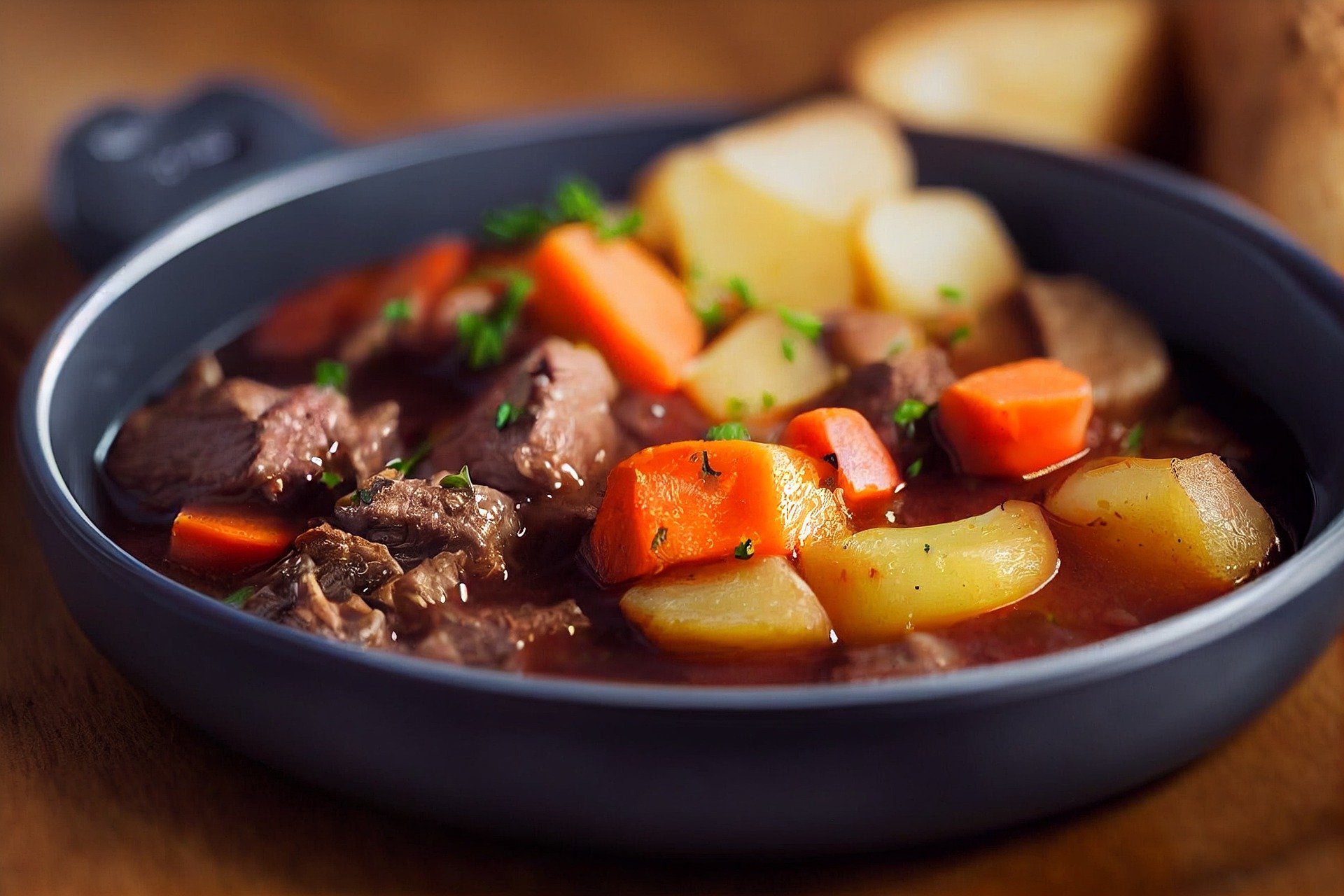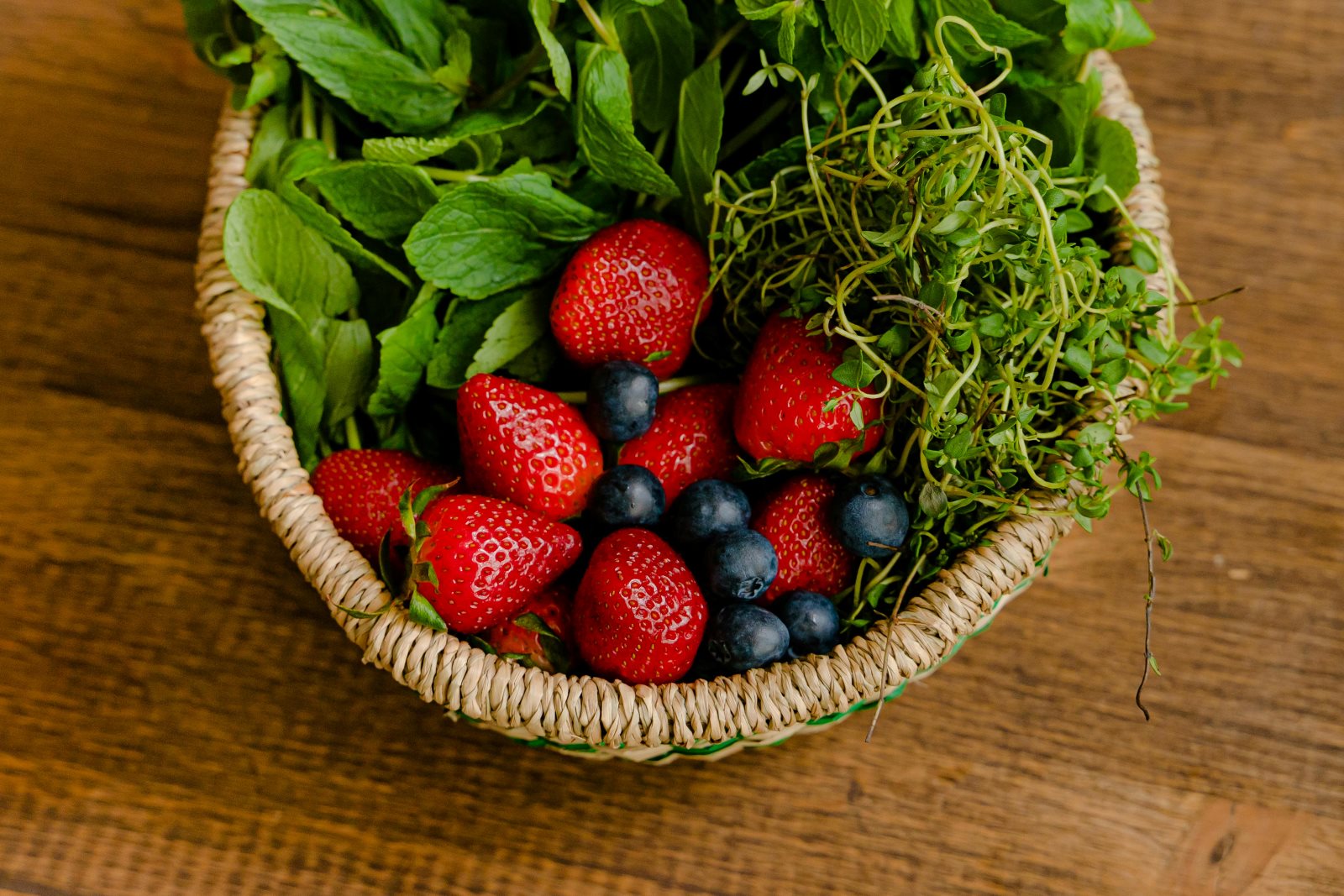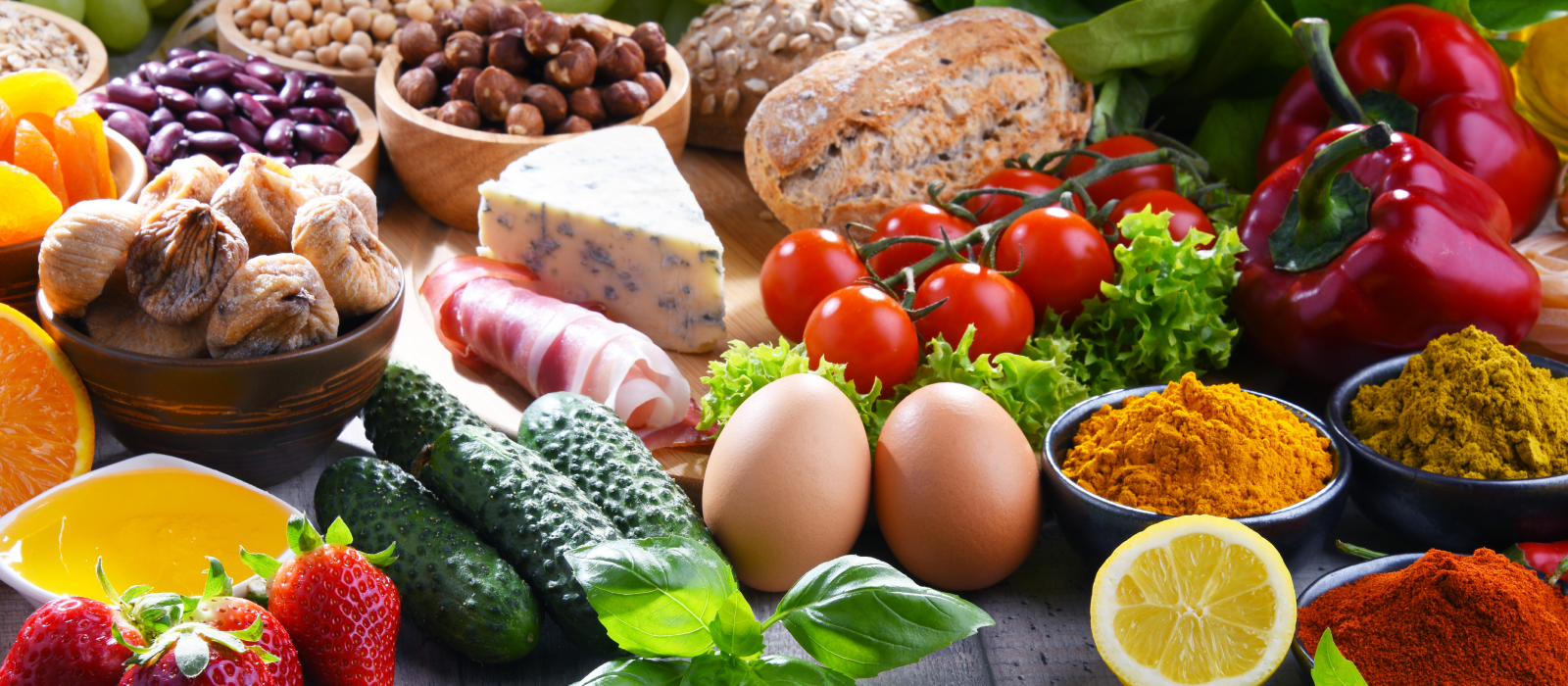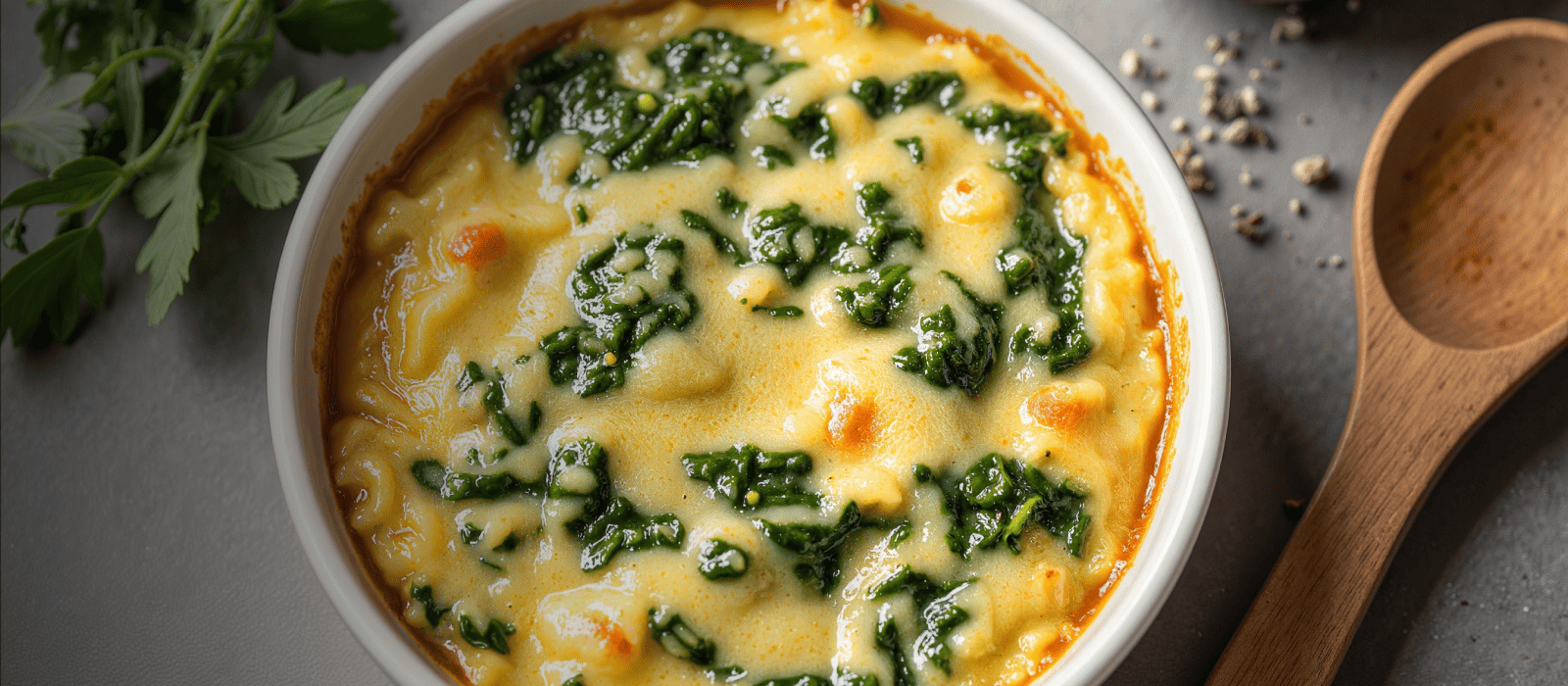
Nourish Your Way to Lower Blood Pressure
More than 70% of people over the age of 60 have high blood pressure according to the Centers for Disease Control. Sometimes referred to as the “silent killer”, high blood pressure can have no symptoms and can lead to serious health problems, including an increased risk for heart attack, stroke, kidney failure, and heart failure. High blood pressure is a condition where the force of blood on the artery walls is consistently too high which can lead to damage to the blood vessels resulting in tiny tears. Since high blood pressure is often asymptomatic, it is essential to have regular blood pressure checks.
Simply stated, blood pressure is the pressure of the blood pushing against the walls of your arteries as your heart pumps. Arteries are the blood vessels responsible for carrying oxygen-rich blood from your heart to the rest of your body. When your blood pressure is taken, the first or top number is called systolic blood pressure which measures the pressure your blood is pushing against the artery walls as your heart beats. The second or bottom number is called the diastolic blood pressure which measures the pressure while your heart relaxes between beats. A normal blood pressure is less than 120 over 80 which means a systolic reading of less than 120 and a diastolic reading of less than 80.
Risk factors for developing high blood pressure that are beyond our control include:
- Age-Blood pressure tends to increase with age as blood vessels naturally thicken and stiffen over time.
- Family history-High blood pressure tends to run in families.
- Race and ethnicity High blood pressure occurs more often in African Americans.
- Gender- Men have a greater incidence of high blood pressure throughout middle age, but in older adults, women are more likely to have high blood pressure.
Some lifestyle factors which can increase your likelihood of developing high blood pressure include:
- Diet-Eating unhealthy foods, especially those high in salt.
- Physical activity-Being sedentary and less physically active.
- Weight-Being overweight.
- Stress-May lead to other unhealthy habits like overeating or abusing alcohol.
- Smoking-Smoking cigarettes, chewing tobacco, or being around secondhand smoke.
- Alcohol-Drinking too much alcohol.
Diet and High Blood Pressure
Cutting back on sodium can help to lower your blood pressure. On average, most adults consume more than 3300 mg of sodium per day. The current Dietary Guidelines for Americans recommends limiting sodium intake to 2300 mg or less per day while the American Heart Association recommends that most adults consume no more than 1500 mg per day. The ideal limit is likely closer to 1000 mg sodium per day. Even a small reduction in sodium intake can help reduce blood pressure.
Table salt, or sodium chloride, is 40% sodium so skipping the salt shaker can help you reduce your sodium intake. However, most sodium in our diets comes from packaged and processed foods. According to the American Heart Association, the top sources of sodium include:
- Burgers
- Burritos and tacos
- Deli meat sandwiches
- Egg dishes and omelets
- Pasta mixed dishes
- Pizza
- Poultry
- Savory snacks (such as chips, crackers, popcorn)
- Soups
Some high sodium words to look for when reading food labels and restaurant menus include pickled, brined, barbecued, cured, smoked, broth, au jus, soy sauce, miso, or teriyaki. All of these may indicate a higher sodium level in the food.
For those who have high blood pressure or borderline high blood pressure, research has shown that following the DASH diet (Dietary Approach to Stop Hypertension) can lower blood pressure by as much as 8 to 14 points.
The DASH Diet guidelines are as follows:
- Eat more vegetables, fruits, and whole grains.
- Include fat-free or low-fat dairy products, fish, poultry, beans, nuts, and vegetable oils.
- Limit foods that are high in saturated fat, such as fatty meats, full-fat dairy products, and tropical oils such as coconut, palm kernel, and palm oils.
- Limit sugar-sweetened beverages and sweets.
There are creative ways you can cut down on sodium and still enjoy tasty food.
When you shop for food:
- Buy lower and low sodium versions of your favorite broths, bouillons, and soups.
- When buying canned or frozen vegetables, choose the no-salt added versions and those without added sauces. Rinse canned beans and vegetables to reduce the sodium by about 40%.
- Buy unsalted nuts and seeds.
- When buying packaged foods, compare labels and choose the ones with the least amount of sodium.
When cooking at home:
- Don’t add salt to dishes while cooking.
- Use spices and herbs to enhance the natural flavors of foods.
- Don’t salt food at the table before you taste it and use a minimal amount if you add any at the table.
- Use sautéed garlic and/or onions for an aromatic flavor boost.
- Roast vegetables in the oven to caramelize and bring out their natural sweetness.
- Use various flavored vinegars, infused oils, lemon juice, or lime juice to add flavor.
- Top foods with a tablespoon of unsalted nuts and seeds.
Try this recipe from the American Heart Association website. For more heart healthy recipes, visit recipes.heart.org.
Slow Cooker Harvest Beef Stew
Servings: 6
Serving Size: 2 cups
Ingredients
- 1 pound bottom round beef roast, cut into 1-inch cubes, all visible fat discarded
- 1 large russet potato, cut into 1/2-inch pieces (about 2 cups)
- 1/4 cup all-purpose flour
- 1 medium sweet potato, cut into 1/2-inch pieces (about 2 cups)
- 2 cups thinly sliced carrots
- 10 ounces frozen pearl onions
- 1 14.5-ounce can no-salt-added diced tomatoes
- 1 14.5-ounce can fat-free, low-sodium beef broth
- 1 cup water
- 3/4 teaspoon dried thyme
- 1/2 teaspoon pepper
- 10 ounces frozen peas
- 2 tablespoons dried parsley
Directions
- Add the beef, potato, and flour to a 4- to 6-quart slow cooker, stirring well to combine.
- Add the sweet potato and carrots to the slow cooker. Top with the onions, tomatoes, broth, water, thyme, and pepper.
- Cook, covered, on low heat for 10 to 12 hours or high heat for 5 to 6 hours. Quickly stir in the peas and parsley. Re-cover the slow cooker. Cook for 5 to 10 minutes.



